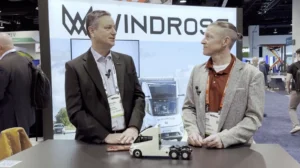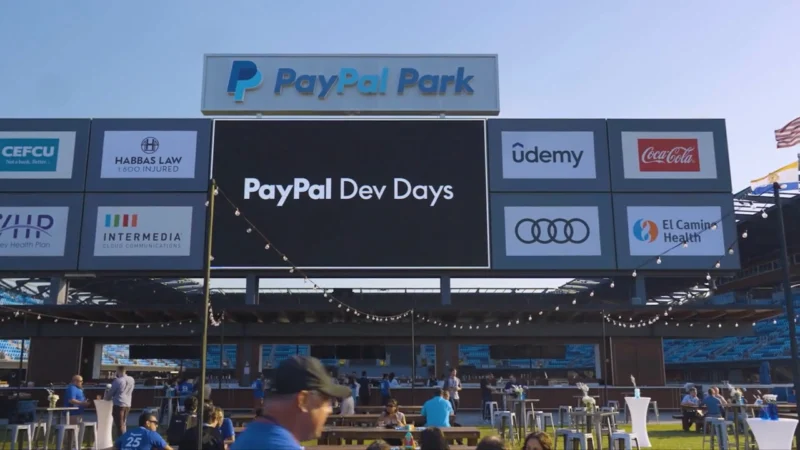Fiberside Chat: Discussing the Benefits of Automation in Network Planning
Speed and efficiency. That’s what automation can bring to a process.
Involving automation in network deployment is no different, said Michael Measels, Vice President of Product Management for 3-GIS, who has seen processes go from days-long to being measured in hours.
“To design an area might have taken two and a half days with a CAD-like workflow. Then, bringing in this idea of GIS into the mix and a web-based system to design that network, we were able to shift from two and a half days to a day,” he said. “Once we brought automation to the mix, we could design that same area in a matter of minutes but, more importantly, provide the ability to redesign that area should we not appreciate the output.”
Even with that quick turnaround, Measles said the planning phase and something that starts even sooner than that, the company’s culture and willingness to adapt, can be the most critical thing in successfully bringing automation to the network planning process.
“Engineering companies are rooted in a pretty steep history and tradition in terms of how they’ve approached products in the past, and there’s absolutely nothing wrong with that. I think the biggest challenges with adoption have been that,” Measles said. “That’s essentially changing who you are culturally as a company. That’s difficult and takes some progressive thinking inside the company as to how to approach that change in your culture in a way that allows for broader user adoption.”
And, while changes can now happen quickly, it will mean nothing, Measles said, if the output isn’t what the user wants to see.
Follow us on social media for the latest updates in B2B!
Twitter – @MarketScale
Facebook – facebook.com/marketscale
LinkedIn – linkedin.com/company/marketscale








